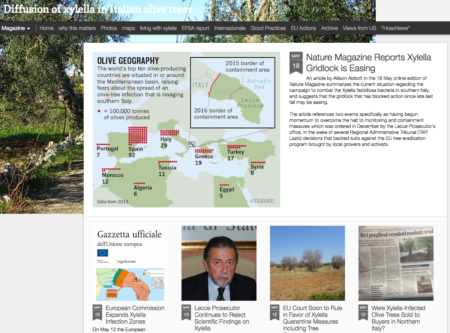In which our friend Nora Castañeda summarizes the first day of the State of the World’s Plants Symposium.
The first day of the Kew symposium was divided in three sessions: climate change, protected areas and extinction risk.
Dr Kay Havens from the Chicago Botanic Gardens opened the first session, presenting some of the responses that plants may display to climate change, such as: plasticity, adaptation and migration. Dr Havens recommended gathering seeds from the fringes of environmental niches, as a strategy to obtain useful adaptations to rapid climate change.
Following this, Dr Alistair Seddon presented his work on the relative response of ecosystems to climate variability. Prof. Sandra Díaz then described the major plant traits (and their combinations) that are currently dominant among plants. This is useful for vegetation and ecosystem modelling. Closing the climate change section, Prof. Yadvinder Malhi presented his research on the impacts of climate change on tropical forests. Did you know that logging can have a similar effect as climate change. You can find a comprehensive summary of Prof. Malhi’s research online.
Dr Iain Darbyshire opened the session on protected areas with his work on Tropical Important Plant Areas, followed by Lize von Staden and the technical approach that the South African National Biodiversity Institute is successfully using to establish in situ conservation priorities. Prof. William Laurance shared some of the considerations that should be taken into account for conserving plant diversity in natural reserves, including where roads and infrastructure should be built, the effectiveness of protected areas to meet their conservation objectives and the importance of connectivity between protected areas in the tropics. He introduced us to PADDDtracker:
We think of national parks and protected areas as permanent fixtures on the landscape, but recent research points to the widespread (but largely overlooked) protected area downgrading, downsizing, and degazettement (PADDD). In response, PADDDtracker.org is documenting the patterns, trends, causes, and consequences of PADDD. PADDDtracker.org allows you to learn about PADDD and share your experiences with the world: where has PADDD already happened? Where has PADDD been proposed? Why is PADDD happening?
The session closed with Diego Juffe-Bignoli from UNEP-WCMC discussing the contributions of protected areas to meeting international biodiversity targets (Aichi, GSPC and SDG).
For the extinction risk session, Prof. Quentin Cronk introduced the term “living dead” to describe those beautiful, large but lonely trees that are often seen in the middle of pastures (common in recently deforested regions). Living outside of their preferred ecological conditions and displaying no regeneration, they have little chance of long-term survival. Prof. Cronk was followed by Prof. David Richardson, who talked about the impacts of invasive plant species on native plant populations.
Then, Steve Bachman, one of the brains behind the Sampled Red List Index for Plants, presented current and future plans for continuing Red Listing plants, current advances in uploading assessments to the IUCN RedList, the need to increase the availability of data for assessing biodiversity threats, and approaches to improving the quality of data derived from citizen science. Prof. Vololoniaina Jeannoda closed the day with her presentation of the ongoing efforts to conserve the oviala — also known as the yams of the forest — in Madagascar. That’s crop wild relatives: more on that on day 2, as you’ll soon see.
